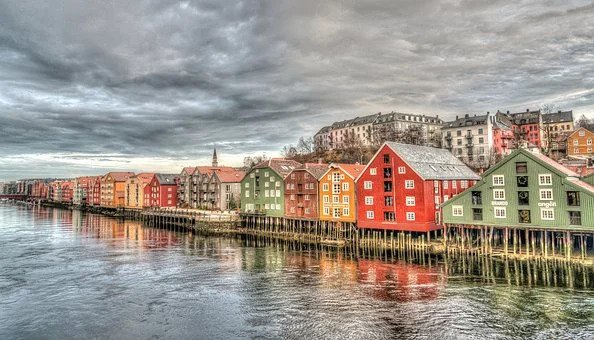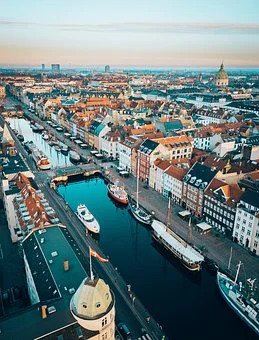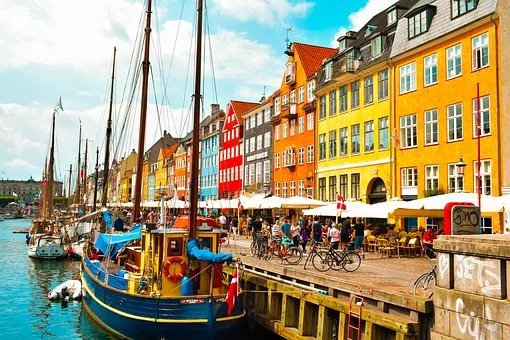Understand economic prosperity in Scandinavia as it consistently outcompetes the social mobility of the United States.

For a little more than the last century the United States has been the land of economic prosperity with the greatest chance of “living the dream”. The American dream is dead and has been for a long while, but that dream lives on in Scandinavia as it has the greatest social mobility in the world. The top five countries are as listed by the 2020 Global Social Mobility Index:
- Denmark
- Norway
- Finland
- Sweden
- Iceland
All 5 of these countries are part of the Nordic Union with 1, 2, and 4 being Scandinavian. Given a score of 83 to 85 all of them far surpass the USA sitting at a score of 70. But this begs the question: What makes Scandinavian and Nordic Countries so successful in their peoples social mobility?

First to understand the disparity between the two, we must understand what makes a high social mobility rating so good. Social mobility is the ability for one to change their social class in a society. This means going from low middle class to upper middle class, or more drastically from poor to rich. This also measures equal opportunity for different sex, religion, citizen status and race. It also measures the quality of life provided by the increase in social class (i.e. being rich in Canada compared to being rich in the United States).
The United States used to be considered the land of the free as anyone could arrive at the country and become successful financially. However Scandinavian countries are consistently outmatching the ‘land of the free’, and most experts point to the Nordic model for the success story of these countries.
The Nordic model combines the features of capitalism with focus on the market economy and economic efficiency with social benefits like state pensions and income distribution. The idea behind this makes sense, leave the financial affairs to the most efficient financial system, while leaving the societal affairs to a system which best cares for society. This system embraces both the welfare state and globalization.
The welfare state in the nordic countries put emphasis on society-wide risk sharing and a high social safety net. This is used to help the average income worker and family adapt to changes in the overall economy brought by the increased competitiveness of goods and services from globalization.

Scandinavian countries have benefited greatly from the way they run their countries. With some of the lowest crime rates and some of the lowest levels of corruption in the world, Scandinavians tend to have a high degree of trust in their government. The culture in Scandinavia is geared towards working together to reach compromises, with an emphasis on fairness.
Most Scandinavian countries also offer international jobs and welcome people to come and work there. English is often used as the official workplace language even if companies aren’t international. The people there are very accepting and welcoming of foreigners.
The main, and possibly the only, drawback to Scandinavia is the weather. Being so far up north makes it quite chilly compared to the rest of Europe. Though, if you can manage some snow and enjoy skating or skiing, then Scandinavia may be a future living destination for you. Though if you are more interested in a warmer place with similar political economic structure check out Portugal.

